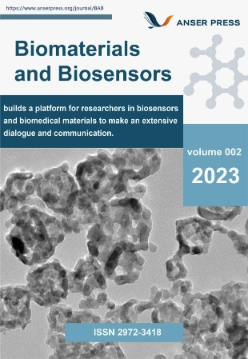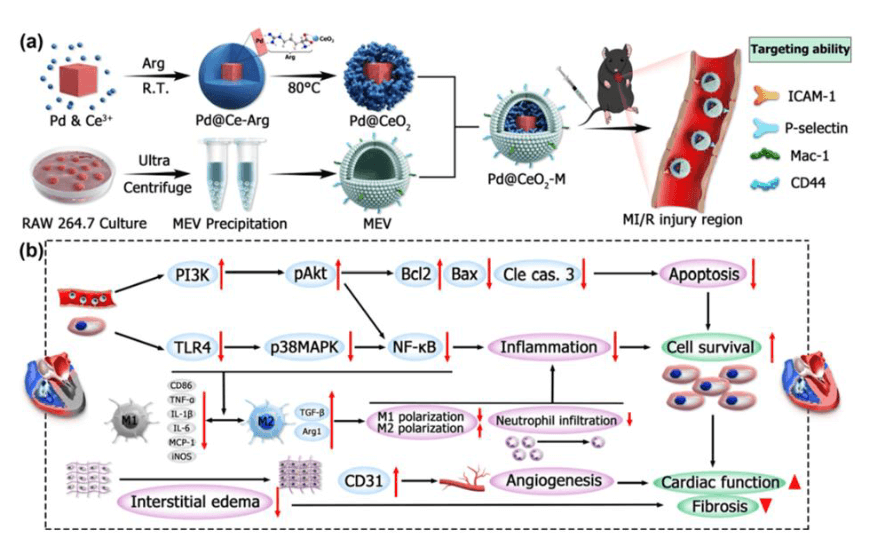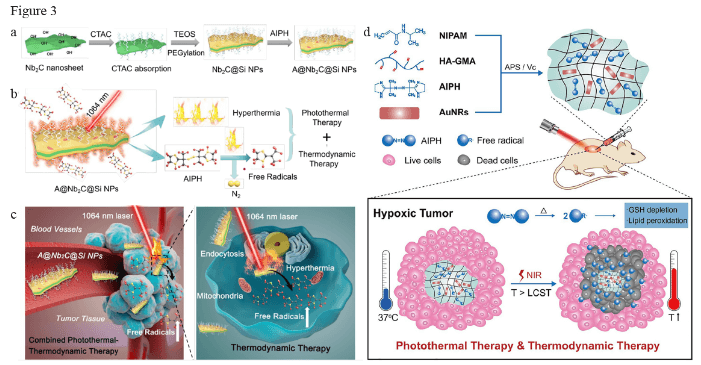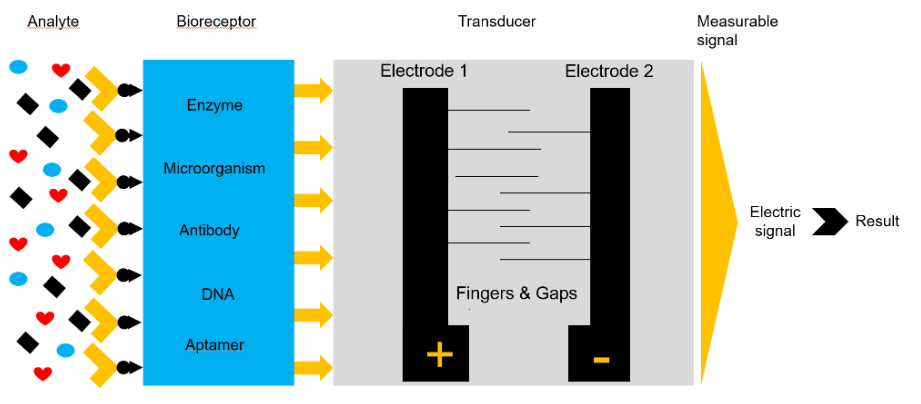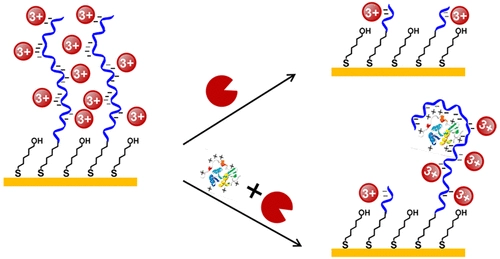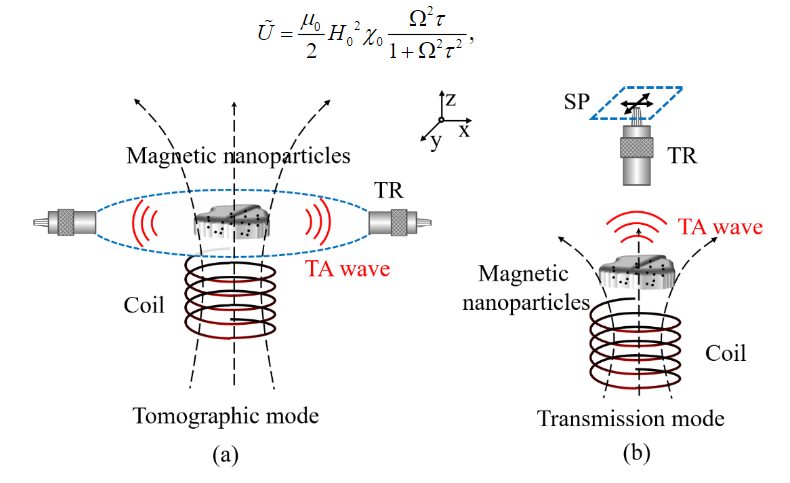Open Access
Review
A comprehensive review on biogenically synthesized inorganic nanoparticles and their applications in anticancer activities
by
Zahra Barreto
, Areej Fatima
, Tuba Tariq
, Ayesha Zafar
, Muhammad Saqib Saif
, Amina Zafar
, Areeba Yousaf
, Huang Xue
and
Murtaza Hasan
BAB 2023 2(1):9; 10.58567/bab02010004 - 16 August 2023
Abstract
The progression in nanotechnology has revolutionized the biomedical sciences for diagnosis and treatment of diseases like cancer. There have been many kinds of nanomaterials but Inorganic nanomaterials have been considered potential candidates for anticancer activities due to their high biocompatibility, less toxicity, high stability, and high precision in targeting affected ce
[...] Read more
The progression in nanotechnology has revolutionized the biomedical sciences for diagnosis and treatment of diseases like cancer. There have been many kinds of nanomaterials but Inorganic nanomaterials have been considered potential candidates for anticancer activities due to their high biocompatibility, less toxicity, high stability, and high precision in targeting affected cells. Several synthesis approaches have been used to prepared these nanoparticles, such as physical, chemical, and biogenic methods. Due to higher toxicity and adverse effects of chemical methods, eco-friendly way such as biosynthesized inorganic nanomaterials have attained much attention for multiple application particularly treatment of diseases. This review presents a comprehensive and updated knowledge (2015-2023) regarding the cancer treatment. The article first categorizes biogenically synthesized inorganic nanoparticles into three main groups: metallic nanoparticles, metal oxide nanoparticles, and quantum dots and then successful stories related to cancer treatment. This will also provide very effective platform for researchers and academia to detail the biogenically synthesized inorganic nanoparticles’ morphology, their characterization, targeted cancer cells.
Show Figures
Open Access
